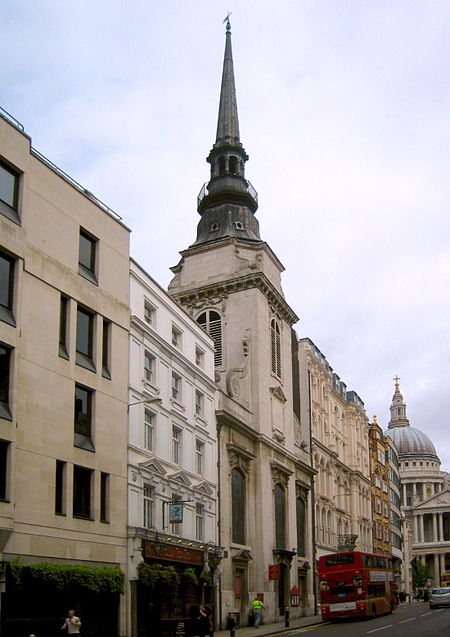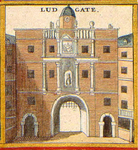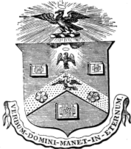St Martin, Ludgate
1684 establishments in England17th-century Church of England church buildingsChristopher Wren church buildings in LondonChurch of England church buildings in the City of LondonChurches completed in 1684 ... and 4 more
Diocese of LondonEnglish Baroque architectureGrade I listed churches in the City of LondonRebuilt churches in the United Kingdom

St Martin, Ludgate, also known as St Martin within Ludgate, is an Anglican church on Ludgate Hill in the ward of Farringdon, in the City of London. The church is of medieval origin, but the present building dates from 1677 to 1684 and was designed by Sir Christopher Wren.
Excerpt from the Wikipedia article St Martin, Ludgate (License: CC BY-SA 3.0, Authors, Images).St Martin, Ludgate
Ludgate Hill, City of London
Geographical coordinates (GPS) Address External links Nearby Places Show on map
Geographical coordinates (GPS)
| Latitude | Longitude |
|---|---|
| N 51.514041666667 ° | E -0.10194166666667 ° |
Address
The Church Of St Martin Within Ludgate
Ludgate Hill
EC4M 7DE City of London
England, United Kingdom
Open on Google Maps










